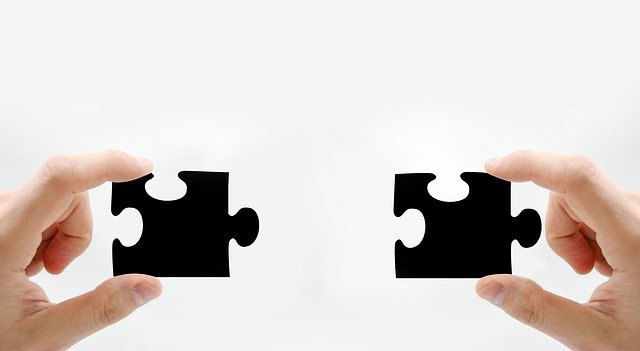Have you noticed how this pandemic has created a greater need for independence and interdependence? It seems to me that this is one of the great paradoxes of our time: In order to overcome this crisis, we need to actively work independently, and with each other. This takes great planning, communication, and coordination. It requires the right type of interdependence.
As I mentioned in my last post, here, organizational theorist James D. Thompson identified three types of interdependence: pooled, sequential, and reciprocal. Most teams shift between the three, which when not fully recognized can cause frustration, inefficiency, and lack of productivity. Great team members understand the differences, the expectations, and what is needed for greatest satisfaction.
For example, let’s say your business is to make widgets. You offer standard widgets, as well as customized widgets. Your business is made up of production teams to reach standard widget goals and deliver quality custom widgets.
- Level 1 interdependence pools standardized independent actions into a team effort. Each person creates a standard widget. This is referred to as pooled interdependence.
- Level 2 interdependence requires a known sequence of standardized and modified actions into a team effort. Each person completes a portion of the process to produce a widget; an assembly line. This is referred to as sequential interdependence.
- Level 3 interdependence is based on known and unknown sequences of known and unknown standardized and modified actions into a team effort. This is referred to as reciprocal interdependence.
The level of interdependence is also referred to as the degree of interdependence, and determines the type of management, or amount of coordination, needed.
The Best Management for Your Type of Interdependence
Higher degrees of interdependence reflect greater complexity, and require different types, or degrees, of management:
- Level 1 management: When all team members are trained on and adhere to standardized processes and actions, standardization management, including reporting and communications, is efficient.
- Level 2 management: Planning management is required for sequential interdependence. This allows managers to coordinate goals with the actions needed, including process analysis, for successful outcome. Team members may be asked to provide additional information and shift actions as needed.
- Level 3 management: When any team member introduces new information that affects the reciprocal independence, increased communication, changes, and coordination are required. This calls for mutual adjustment management.
Great leaders help their team members understand and move through different levels of interdependence. They shift their management and coordination relative to the degree of complexity for improved productivity and efficiency.
If your team members are complaining about the amount of meetings (or a lack of information), examine your level of management. It may require adjustment.
What do you think? Which type of interdependence is best for your team? How do you shift between the levels of management for each type? I’d love to hear from you. I can be reached here, on LinkedIn, or give me a call: 561-582-6060.

Did You Enjoy This Article?
Join thousands of other smart business owners like yourself & get our Proffittable Times newsletter.
It's filled with actionable content you can apply immediately.
Sign up now to get started!
– Coach Nancy











This Post Has One Comment
Nice article Nancy!
Comments are closed.